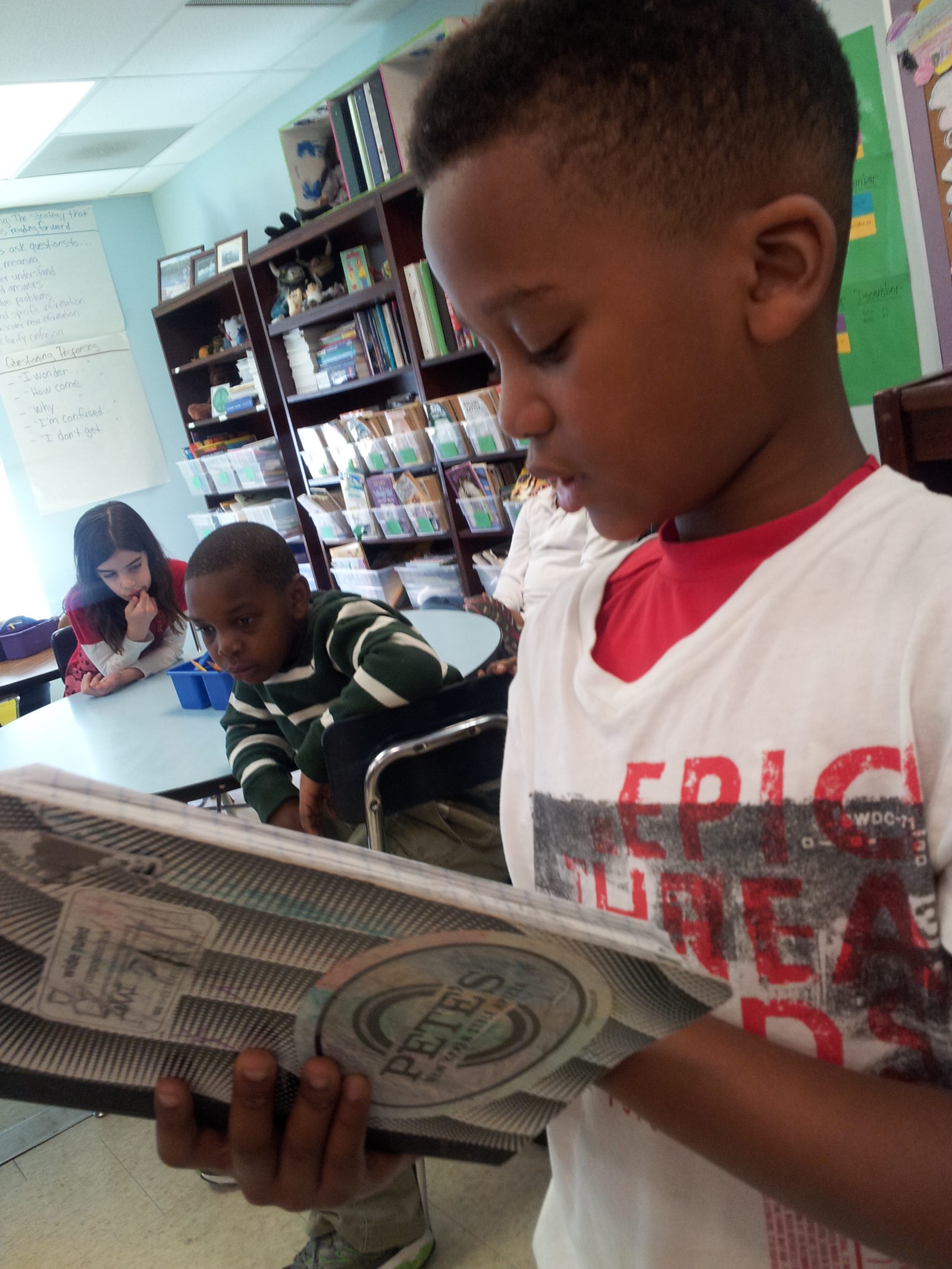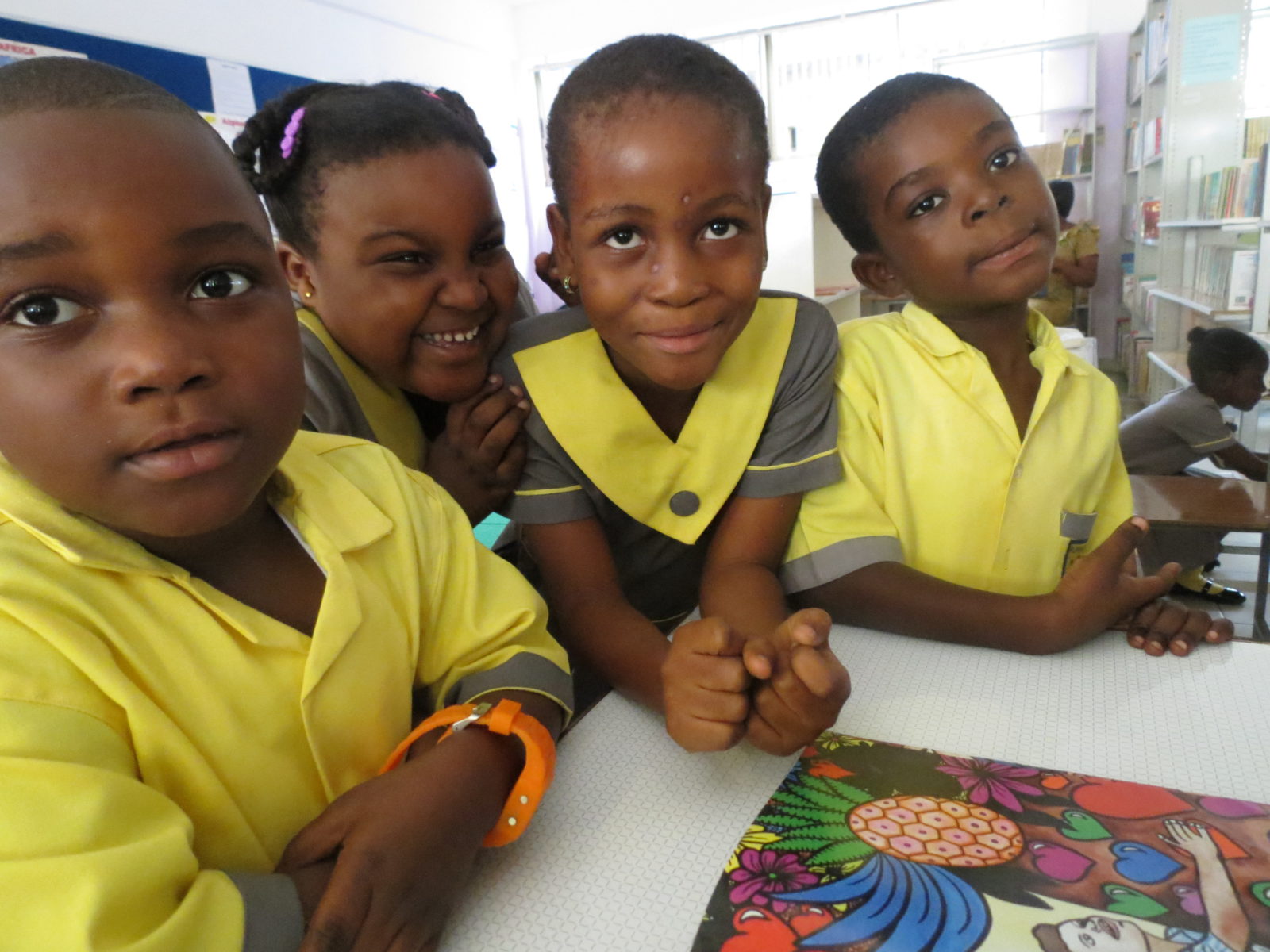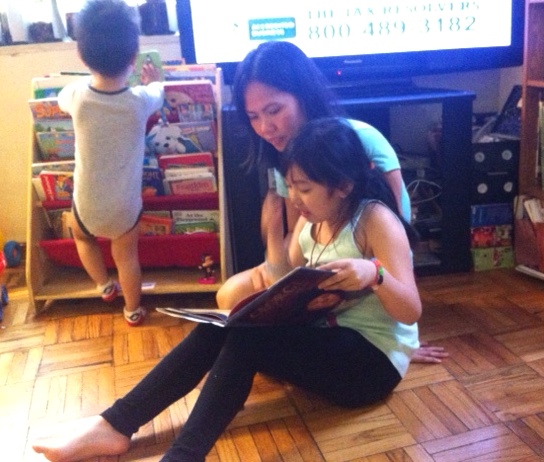We have a tragedy in America when it comes to connecting with and educating boys. According to the book Reaching…
Play more games. Seriously. How boys behave in class affects a teacher’s perception of their intelligence and potential for academic…
(So that your youngster will fall forever in love with reading) You howl and growl and laugh and scowl and…


